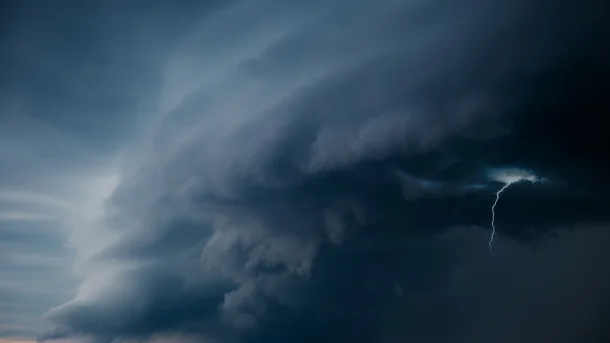In a bold leap toward transforming how the world predicts extreme weather events and environmental shifts, Microsoft has introduced ‘Aurora’, a groundbreaking artificial intelligence model capable of making hyper-accurate forecasts at unprecedented speeds.
As climate change fuels more frequent and unpredictable disasters, demand is surging for technologies that can anticipate events with precision. Microsoft’s AI scientists have answered that call. In a study recently published in the Nature journal, they unveiled Aurora—an advanced foundation model that combines weather forecasting with environmental monitoring on a global scale.
Aurora isn’t just another predictive tool. Trained on nearly a million hours of satellite imagery, radar scans, weather center data, and historical climate records, it represents one of the most comprehensive weather models ever created. This colossal dataset allows Aurora to simulate and anticipate atmospheric conditions, air pollution levels, ocean wave activity, and more—all in a matter of seconds.
Unlike traditional weather models that can take hours or days to generate forecasts, Aurora delivers medium-range predictions (up to 14 days) with lightning speed—about 5,000 times faster than conventional methods. In trials, it surpassed the accuracy of existing systems in 91% of regions tested, reshaping the possibilities of early disaster warnings.
One of Aurora’s most impressive feats came in July 2023, when it accurately predicted the landfall of Typhoon Doksuri four days before impact—contradicting official forecasts that missed the mark. It also outperformed leading meteorological centers in tracking global cyclone paths throughout the 2022–2023 storm season and forecasted a major sandstorm in Iraq a full day before it struck in June 2022.
Aurora’s advantage lies not only in its predictive power but also in cost efficiency. Once trained—a process that demands substantial computing resources—its operational expenses are minimal. This means even small-scale weather services and researchers could soon tap into its potential.
Microsoft has already integrated Aurora into its MSN Weather platform, and in a move to spur collaboration, the company has released both the model’s source code and weights to the public. Researchers hope this transparency will drive new innovations in climate science and emergency preparedness.
While Aurora isn’t meant to replace existing weather infrastructure, its developers emphasize its role as a force multiplier—enhancing current systems with AI-driven accuracy and speed. As extreme weather becomes the new norm, tools like Aurora could become our best defense in staying one step ahead of nature’s fury.



















